Infrastructure Innovations: How Monorail Transport Is Evolving Worldwide
The growth of urban populations, tightening environmental regulations, and the pursuit of sustainable development are driving an urgent need to modernize public transportation. Monorail systems, as an innovative form of off-street transit, are becoming an increasingly relevant solution for megacities and industrial hubs. One particularly well-suited option for smart city concepts is string transport – a separate, low-cost, and eco-friendly type of monorail developed by UST Inc. Let’s explore the current technical features of monorail systems and examples of successful implementation in various countries.
History and Evolution of Monorail Transport
Off-street monorail transport has a rich history dating back to the early 19th century. The first monorail line appeared in the United Kingdom in 1824 at the Deptford Dock, followed a year later by a passenger line in Cheshunt, Hertfordshire. The Cheshunt Railway is considered the world’s first passenger monorail, setting the stage for decades of development in this mode of transport.
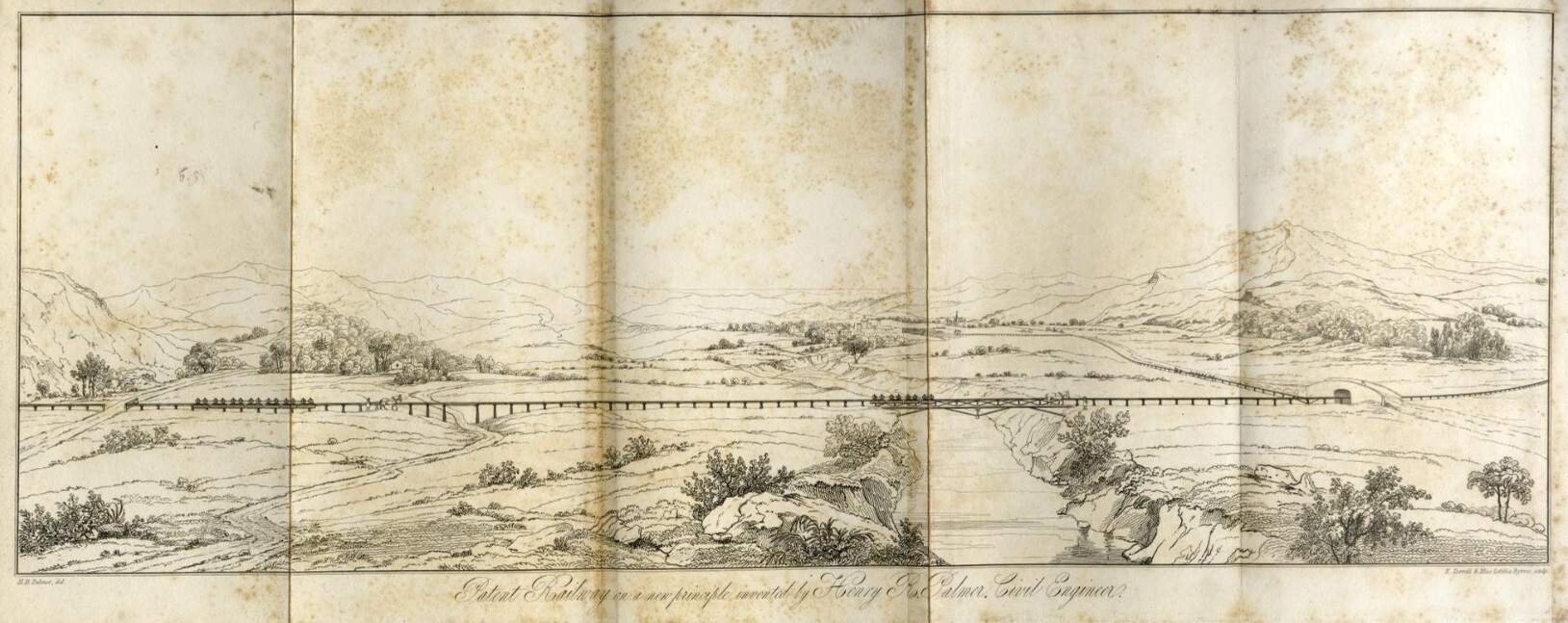
While today’s public monorail systems are primarily based on the Alweg technology developed in the 1950s in Germany and Sweden, Belarus has introduced a more reliable and lightweight version – string transport. This technology was proposed by Belarusian engineer Anatoli Unitsky. To develop and promote it, UST Inc. was founded in 2015 with its headquarters in Minsk. After a decade of research and testing, the company launched its first commercial project – the uLite complex in the Aquarelle Ecopark.
Modern Monorail Technologies
Modern monorail transport is represented by two main structural designs: suspended and supported systems. Suspended monorails, like the one in Wuppertal, are mounted on elevated tracks with cars hanging from the guideway. Supported systems, widely used in Japan and China, involve vehicles traveling atop the monorail beam.
In recent decades, automated and intelligent transport systems have been actively developed, allowing trains to operate without drivers, enhancing safety and reducing operational costs. The introduction of electric monorails with linear motors and magnetic levitation is opening new horizons for speed and energy efficiency in passenger transport.

Monorail systems are successfully integrated into urban infrastructure, especially where subway construction is economically or technically challenging. In Tokyo, the monorail connects Haneda Airport with business and residential districts, providing fast and convenient transfers to other modes of transport. In Seattle, the monorail has linked the city center with its main cultural district since 1962, demonstrating the system’s resilience and continued demand.
Among the innovative solutions in monorail transport is string transport, which shares similar principles. Its core technology is a string rail track structure – a special steel or composite beam containing a bundle of pre-tensioned steel cables encased in a unique compound. Rolling stock moves along this guideway on steel wheels, controlled by a fully automated system. This single-track rail transport is significantly cheaper than traditional electric public transit and serves as an effective alternative to subways.
Advantages and Challenges
Monorail transport offers a range of unique advantages. First and foremost is its cost-effectiveness in construction: the absence of expensive underground work significantly reduces infrastructure costs compared to subway systems. Monorail lines do not occupy urban land, which is especially important for densely built-up megacities. Environmental friendliness is another key benefit – most modern systems run on electric traction, helping reduce CO₂ emissions and noise levels.
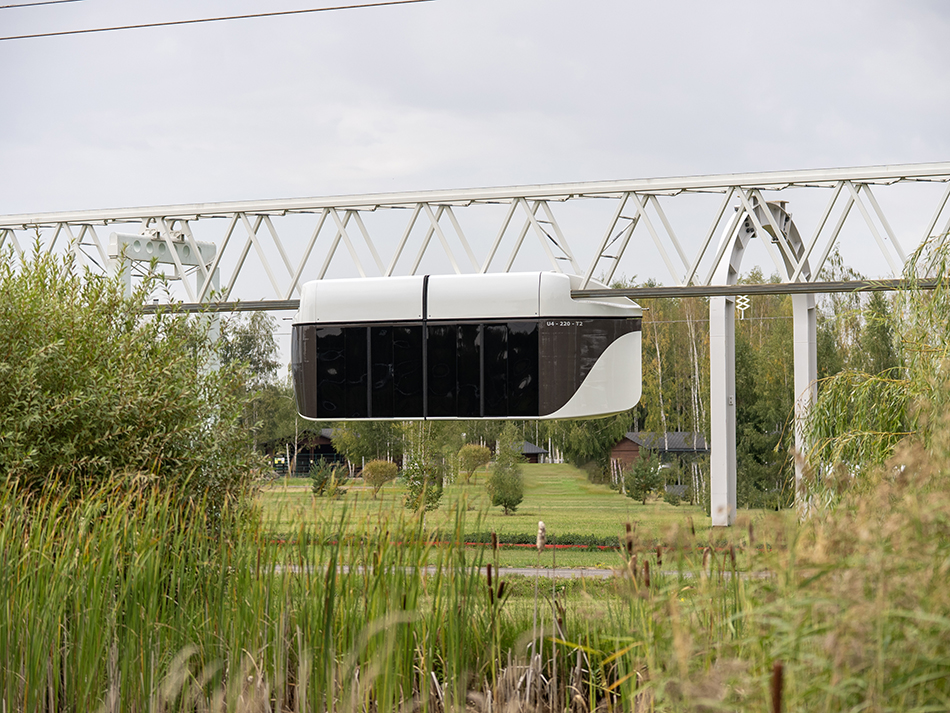
However, there are challenges as well. Traditional monorail systems require substantial investment during the design and construction phases, along with ongoing expenses for maintenance and rolling stock upgrades. In harsh climates, successful operation demands structural adaptation and additional insulation of the cars. Moreover, integrating monorails into existing transport networks can face regulatory and technical hurdles due to incompatible standards and the need to build new depots and stations.
The technical specifications of monorails depend on the chosen technology: urban systems typically operate at speeds ranging from 15 to 120 km/h, while industrial monorails can carry loads of several tons. Emergency protocols for monorail systems mandate the presence of braking systems, alarms, and passenger evacuation tools.
These drawbacks are absent in the string transport developed by Unitsky String Technologies Inc. This energy-efficient passenger system features minimal noise and vibration. String transport routes are elevated, reducing land acquisition costs and preserving the landscape. Supports can be spaced far apart, and the structure does not obstruct groundwater or surface water flow, helping maintain biodiversity.
Unlike traditional monorail systems, string transport requires fewer materials, offers high durability, and allows for long spans between supports, making it suitable for routing through challenging terrain such as water obstacles, swamps, and rugged landscapes. The string track is self-cleaning in winter, preventing the accumulation of snow and ice.
Global Case Studies of Monorail Implementation
Today, there are numerous examples of monorail systems of varying lengths and purposes around the world. Some operate successfully for instance, the Alweg-type monorail in Tokyo provides high-speed connections between the airport and the city, integrating with other transport modes and serving over 140,000 passengers daily. Seattle’s monorail, in operation since 1962, remains a fast and reliable way to travel between key city districts. Another example is the uLite complex – the lightest and most modern monorail variant, built in Maryina Gorka, Belarus, and used for guided tours in the Aquarelle Ecopark.
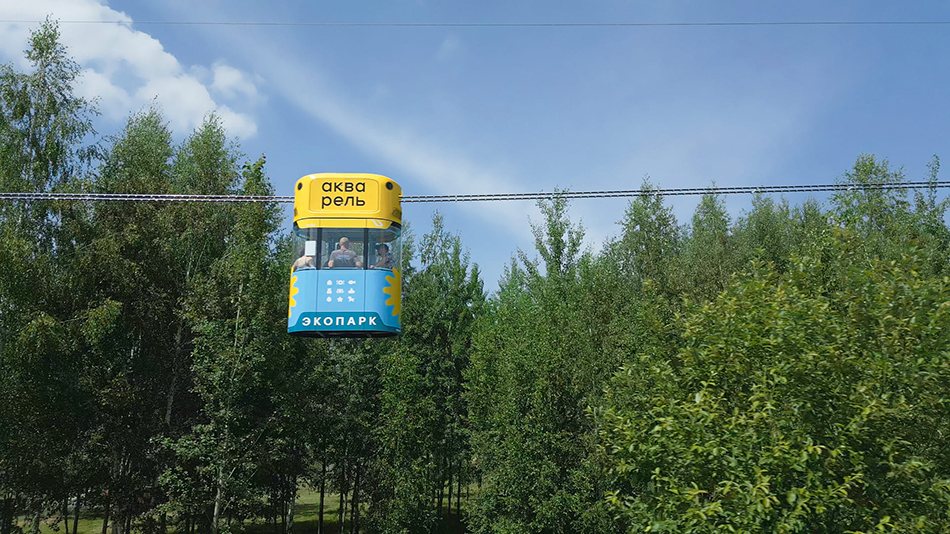
Other systems, based on less successful technical solutions, have been dismantled such as the monorail in Moscow. Opened in 2004, it was Russia’s first and only monorail transport system. Spanning 4.7 km with six stations, it was integrated into the city’s transport network. However, with the expansion of the metro and declining passenger numbers, the monorail was relegated to a tourist mode, and its unreliability and lack of profitability led to its eventual dismantling.
The Future of Monorail Transport
The future of monorail transport is connected to the development of new technologies and integration with other types of urban transport. The implementation of intelligent transportation systems and automation of passenger services will improve safety and reduce operating costs. Today, there are two main directions in the development of public monorail systems.
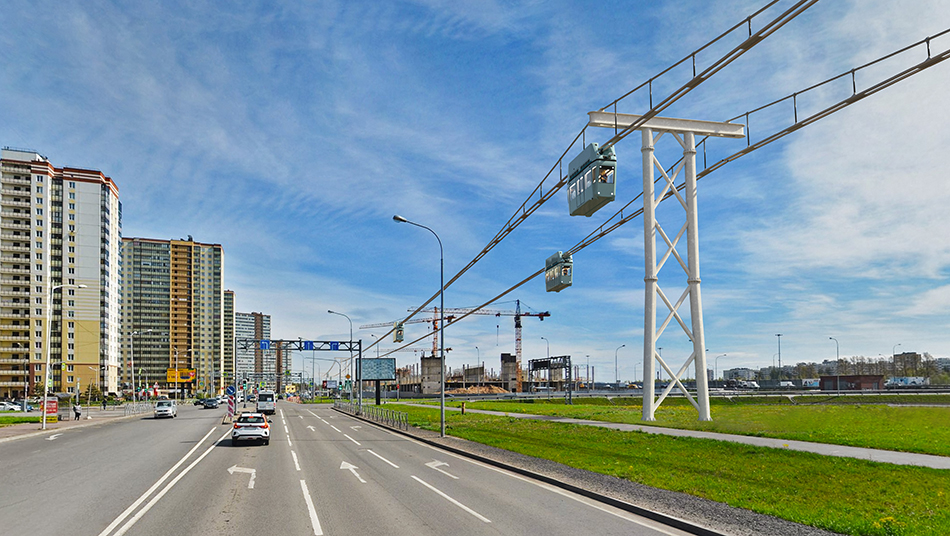
The first is the use of magnetic levitation transport and energy-efficient engines. It opens up prospects for increasing the speed and throughput capacity of systems. However, this solution is expensive, requires significant infrastructure maintenance costs, and is complex in design and construction.
The second is the transition to affordable but equally efficient string transport. This is a sustainable urban transport that easily integrates into local infrastructure, requires minimal land allocation, and low construction costs.
The implementation of string transport contributes to the reduction of CO₂ emissions, alleviation of traffic congestion, and improvement of the urban environment. In the future, it is possible to create integrated transport hubs that combine monorail, metro, buses, and electric vehicles into a single intelligent network.
Rapidly deployable transport infrastructure, minimal interference with the urban landscape, and adaptation to harsh climatic conditions become key success factors for string transport projects.
Conclusion
Monorail transport is not only the transport of the future but also a real tool for solving current urban mobility problems. For example, string transport, which is much cheaper than traditional ground systems and can significantly improve urban mobility.
Advantages such as environmental friendliness, cost-effectiveness, safety, and easy integration into existing infrastructure make it attractive to investors, engineers, and urban planners.
Despite challenges related to high costs and the need for modernization, successful examples prove the viability and potential of automated transport systems. Smart Transport in the future will become the foundation for both cargo and passenger transportation.
For cities striving for sustainable development and innovation, monorail transport, especially string-based, remains one of the most promising directions in transport urbanism.
More news

Interviews
5 August 2025
The latest issue of UST Inside: the Deputy General Designer for Integrated Development and Implementation Viktor Garakh spoke about introduction, management, and safety
Viktor Garakh spoke about introduction, management, and safety.
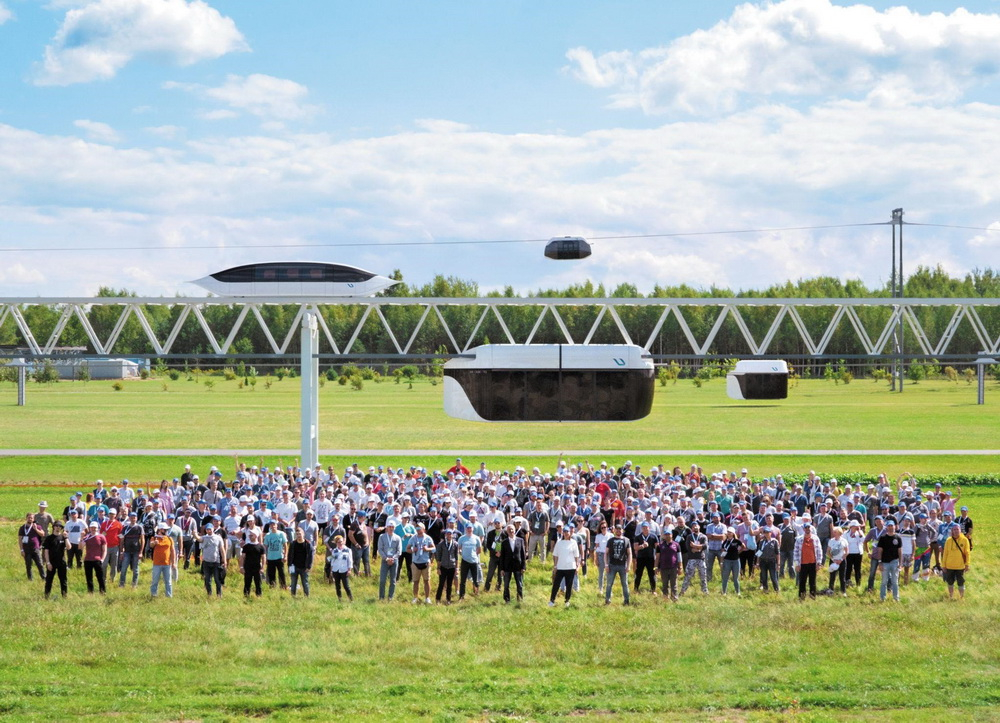
Opinion
2 January 2022
Mass Media on UST 2021: Publication on CNN and Landing on the Cover of Construction Week
Another hard-working year is about to end so we decided to recollect which mass media wrote about UST string rail transport this year.
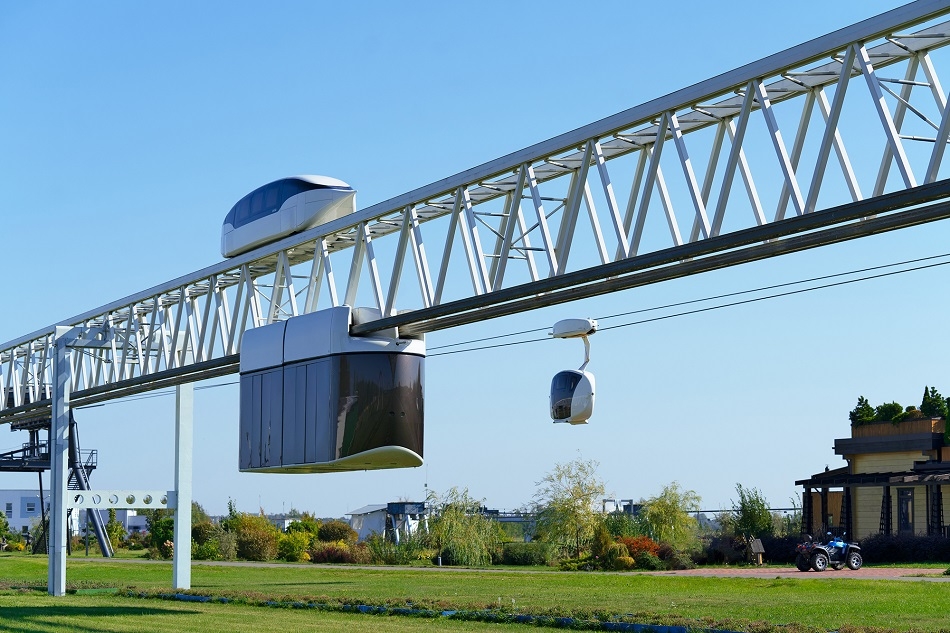
News
21 August 2025
Overcoming the Last Mile: Integrating String Transport into Urban Systems
uST string rail transport allows you to solve such important issues in the development of the city as overcoming the last mile. In our article, we will explore how this can be achieved.

